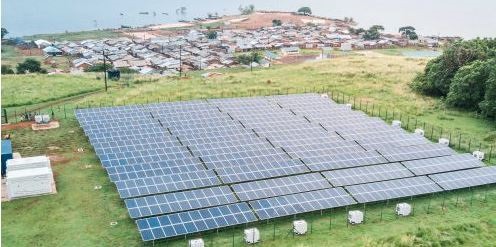31 of January 2019
The bankability of mini-grid business models is improving but regulation remains the biggest challenge
The Energy and Environment Partnership Trust Fund (EEP Africa) has financed 43 mini-grid projects in 10 countries in Southern and Eastern Africa. Their recently published report “Opportunities and Challenges in the Mini-grid Sector in Africa”, that you can read on LERenováveis. draws lessons from the EEPAfrica portfolio and explains that infrastructure financing and regulatory environments are the main ‘make-or-break’ contributors to mini-grid bankability.
The Power For All Research Summary gathers the key findings from the report:
- Mini-grids are not only generating high-quality AC grid power, providing 24/7 electricity services, but also creating jobs and boosting local economy;
- Mini-grids’ business models continue to improve with demand load profile management and operation optimization;
- Regulatory risks, including licensing, permitting and integration into national electrification plans, make up the biggest challenge for the success of mini-grid;
- Mini-grids require significant infrastructure investments but the availability and cost of private capital represent the main viability gap in projects finances.
Finally, based on its experience, the EEP Africa leaves some key recommendations to stakeholders:
- To Governments: Mini-grids, as a key solution universal energy access, have to be integrated into national rural electrification plans, including tariff mechanisms and subsidy schemes.
- To Investors: Public and donor capital is a low-cost leverage to mobilize private resources.
- To Mini-grid developers: The most successful mini-grid developers focus on anchor clients. Demand load profile management is key to mini-grid financial sustainability.
You can consult the full research summary here.
Source © Power for All
Image ©EEP

